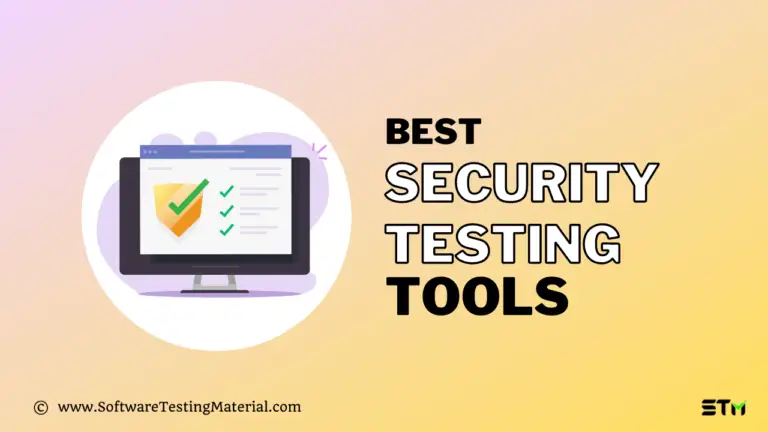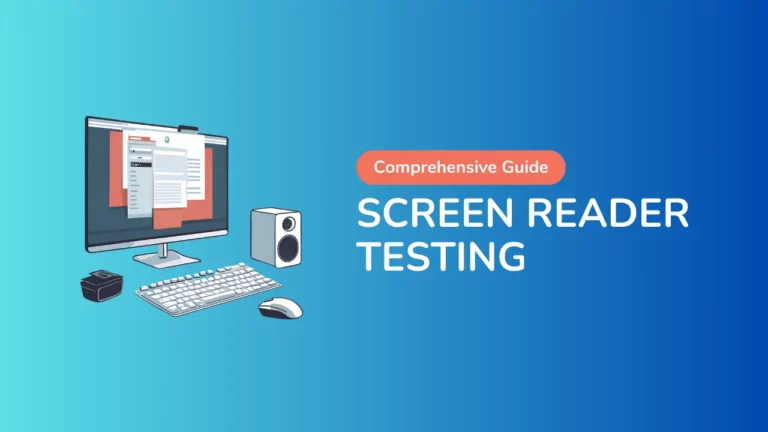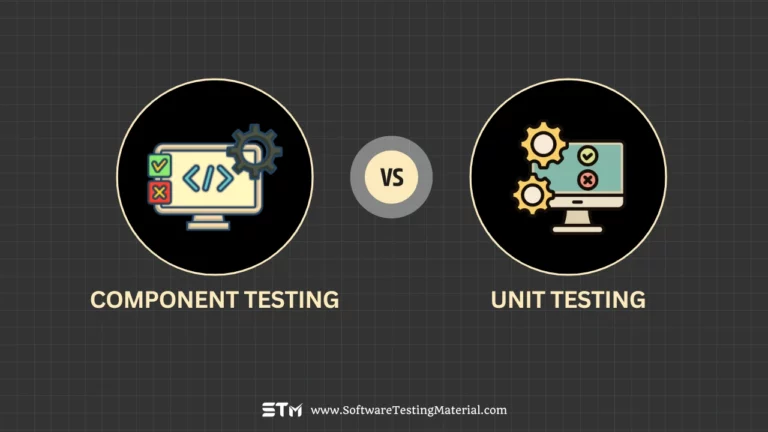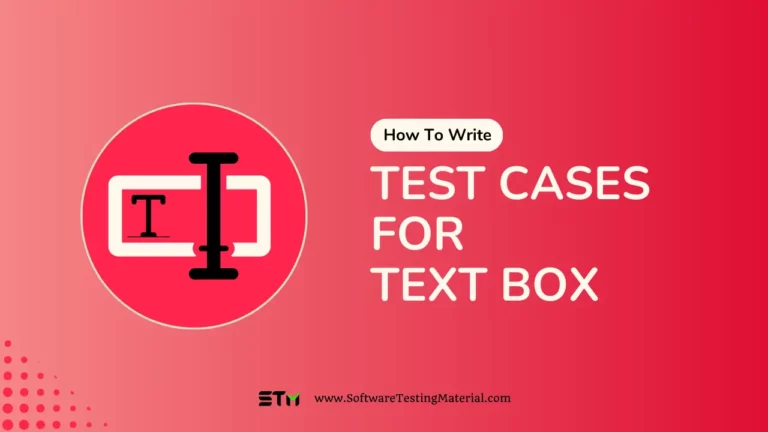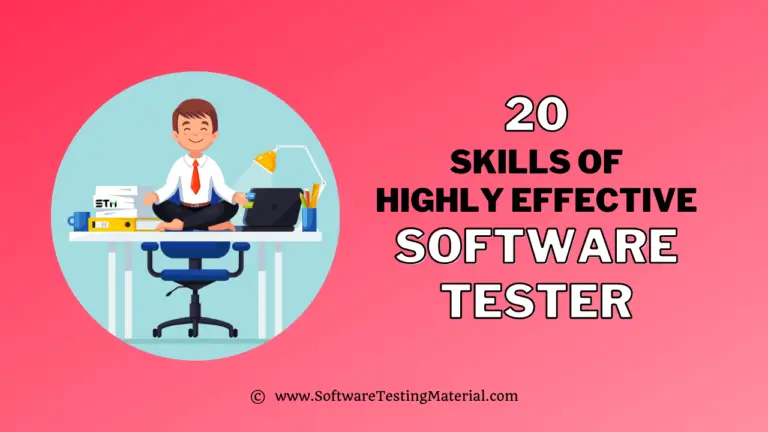Top 11 Software Testing Trends to Look out for in 2025
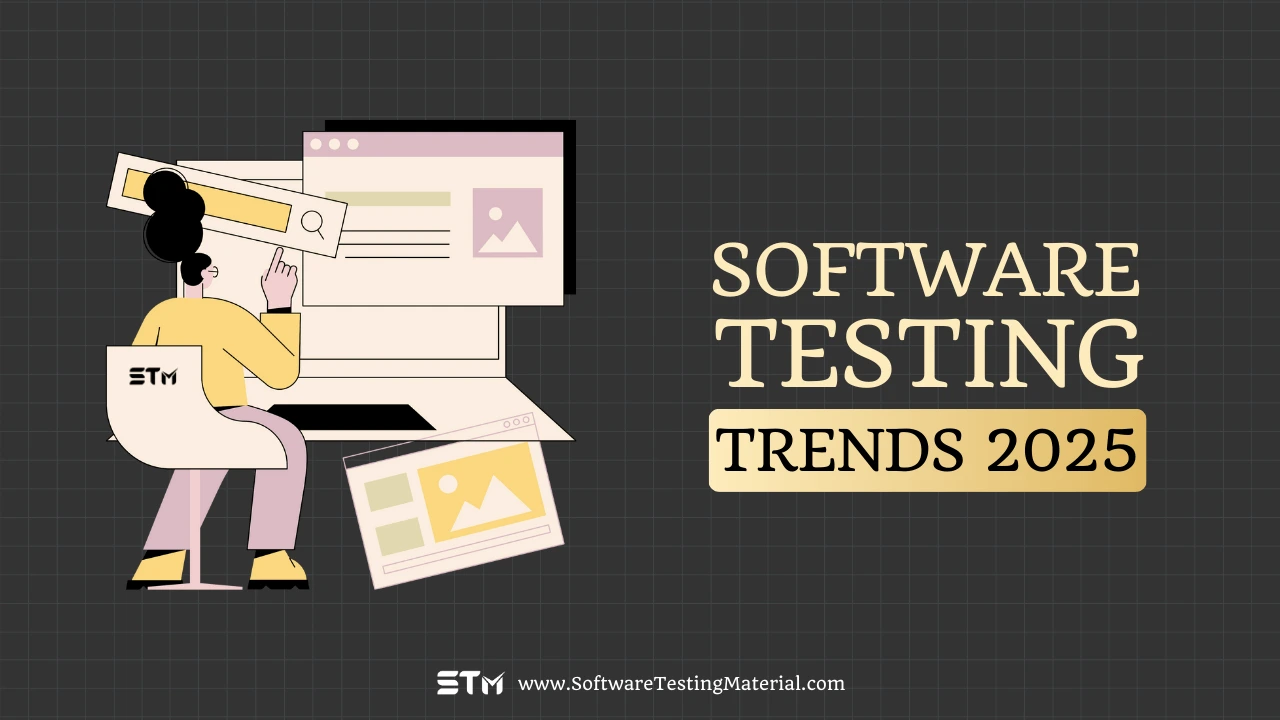
Trying to find out the top 11 software testing trends in 2025?
In recent years, more and more companies are accepting testing as an early activity in the Software Development Life Cycle.
Companies across the globe have a goal to get their applications faster to the market and with the priority of cost optimization.
In this process, companies are adopting the best practices of Agile and DevOps majorly to reduce the time to market. Besides this, companies are adopting other trends such as Artificial Intelligence (AI), Machine Learning, IoT, Blockchain, Cloud Computing, and many more.
So what will the software testing trends in 2025 be?
Here in this article, we will be providing more information about some tremendous software testing trends of the year 2025.
Digital transformation becomes the need of the hour for enterprises operating across domains such as banking, insurance, healthcare, and many others to improve productivity and delivery better customer services.
As a QA professional you have to stay competitive with the software testing trends of 2025.
Top Trends in Software Testing
The following are the key trends in software testing for 2025 that are changing the face of Software Testing.
1. Agile and DevOps
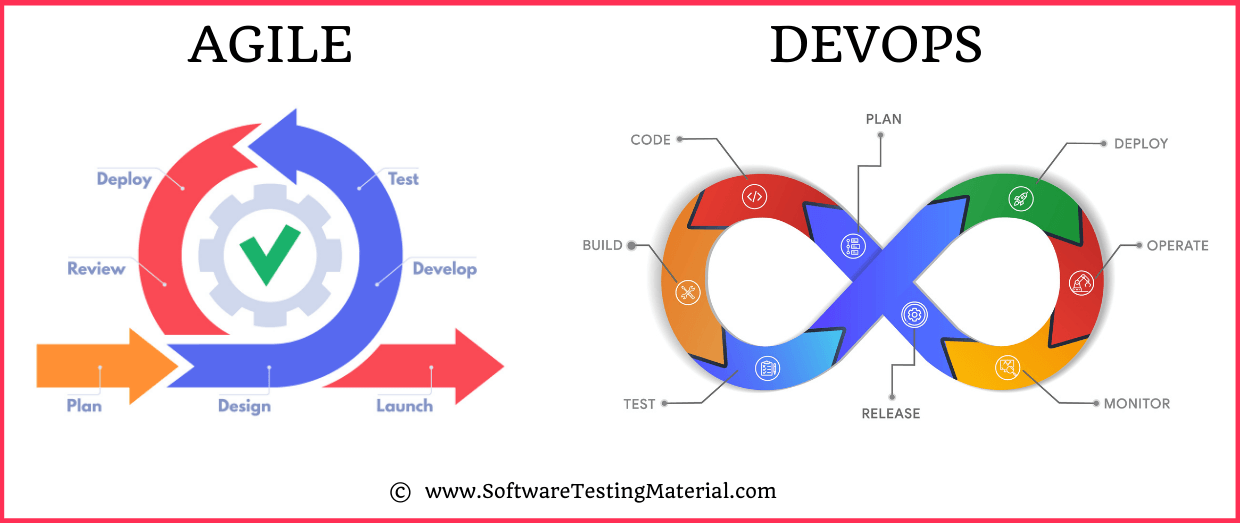
Agile is an approach to software development emphasizing incremental delivery, team collaboration, continual planning, and continual learning. Testing becomes an inevitable part of the software development process as per Agile.
DevOps combines both development (Dev) and operations (Ops) to shorten the software development life cycle and manage end to end processes.
Companies are adopting Agile and DevOps processes to shorten the software lifecycles from development to delivery and operation and also to improve the quality of released products.
Adopting Agile & DevOps allows teams to develop and deliver quality software faster. In the industry, most companies are showing interest to adopt Agile & DevOps over the past few years.
Check out our guide on how to succeed as Agile QA in Software Development and best strategies to implement a successful DevOps transformation
2. QAOps
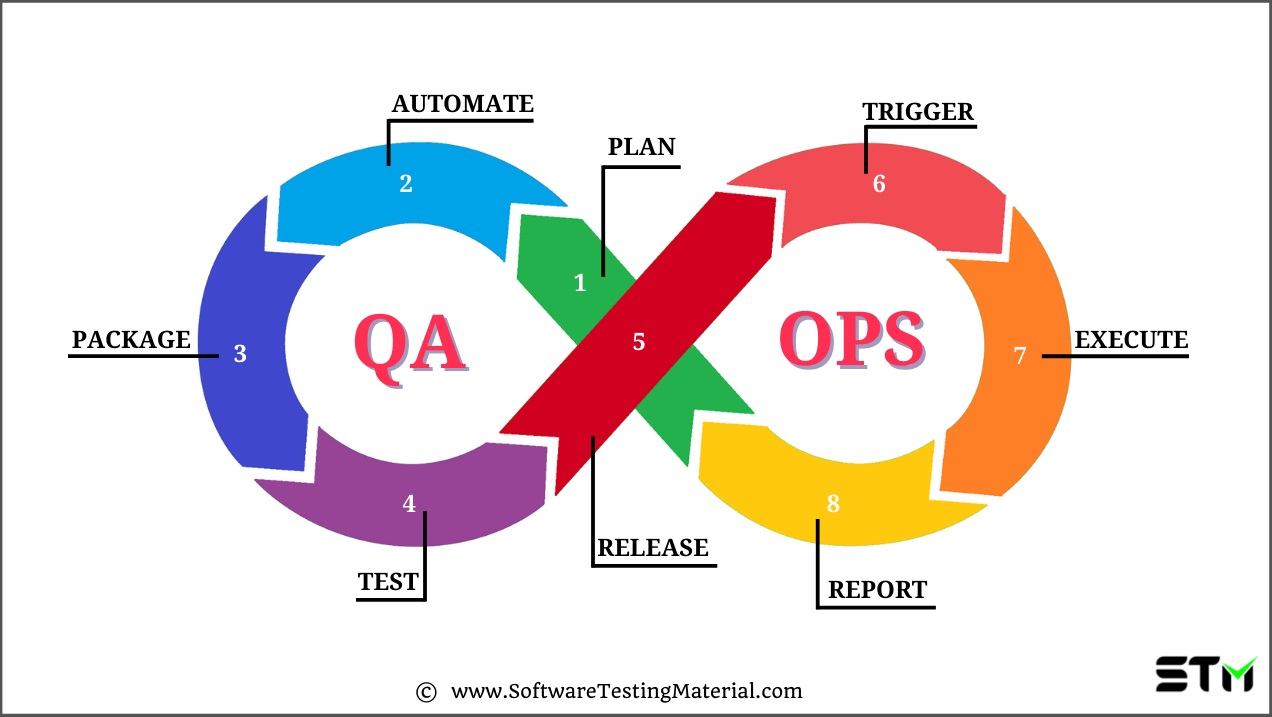
A new topic that started trending after DevOps is QAOps.
In the Software Development Life Cycle, QAOps or DevTestOps is a combination of Quality Assurance (QA) and IT Operations (Ops). It guarantees faster delivery to the market without compromising quality.
It improves the collaboration between test engineers and developers by integrating QA tasks into the Continuous Integration (CI)/Continuous Deployment (CD) pipeline.
Already most of the companies are following DevOps practices. QAOps will become the next big thing in the coming days.
The role of the tester is not only limited to testing. Testers involved in every phase of the SDLC. As a QA professional you need to be prepared with good knowledge of how the QAOps process works.
Check our detailed guide on QAOps here.
3. Scriptless Test Automation
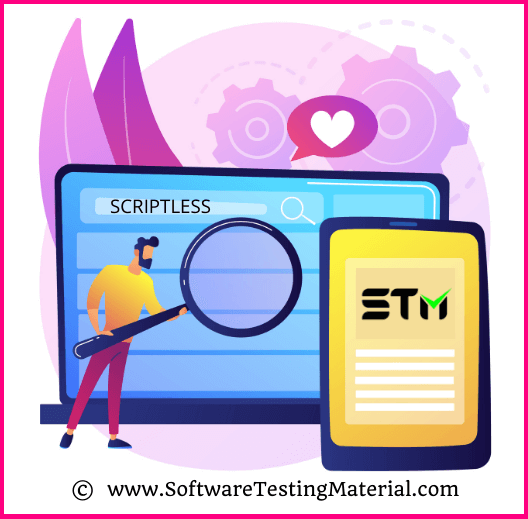
In recent times, most companies are releasing products to the market at a fast pace in varied directions. If testers spent a lot of time learning new complex programming languages as well as working on backlogs can be a frustrating experience.
Scriptless Automation Tools allows teams, not to spent extensive hours of programming. These tools empower testers to automate reusable and robust tests by combining AI and ML algorithms into the self-healing mechanism as well as consistent results.
These tools are user friendly, gives faster results, reduce the time and effort spent on maintenance costs, and fill the gap of technical level.
Scriptless Test Automation is increasingly endorsed as one of the prominent software testing trends.
To sum up, scriptless test automation can be said an important practice that test teams should adopt.
You can check this detailed guide on Codeless Test Automation
4. Big Data Testing
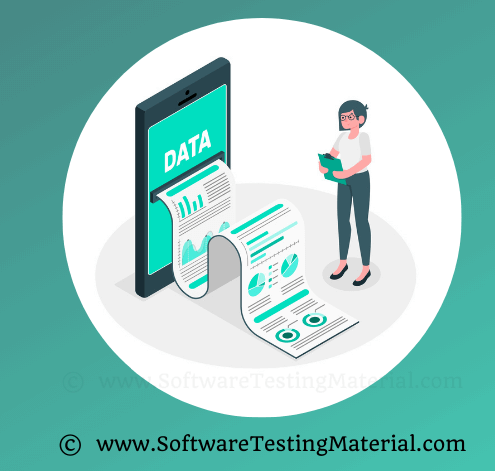
Big Data Testing will be one of the key software testing trends that will have a positive impact on different industries.
Big Data is majorly used across different industries such as finance, banking, healthcare, retail, media, telecom service, etc.,
Most of the enterprises across all sorts of industries are working with big data and dealing with a high volume of data to make marketing strategies that require constant and effective testing.
Big data testing deals with various data types and huge data volumes and helps to improve decisions, validate data, and make better marketing strategies and business decisions.
As per Research and Markets survey report, the global market for Big Data estimated at US$185.0 Billion in the year 2023, is projected to reach a revised size of US$383.4 Billion by 2030, growing at a CAGR of 11.0% over the analysis period 2023-2030
To do big data testing we need to have a strong Big Data testing strategy rather than following traditional testing techniques. You can read this guide on Big Data for more information.
The quality of data is crucial in big data testing irrespective of whether the data is structured or unstructured. Functional testing and performance testing of applications are also important components of big data testing along with the quality of the data.
Check out our detailed tutorial on Big Data Testing for QA Leaders
5. Internet of Things (IoT) Test Automation

The Internet of Things (IoT) devices are digitally connected devices that connect wirelessly to a network and streamline the flow of data over the network.
According to the Gartner forecast, the installed base of active IoT connected devices reach 21.5 billion units by 2025. This shows the growing capabilities of the Internet of Things.
As per the World Quality Report 2019-20 from Capgemini/Sogeti, 34% of respondents said that their products have Internet of Things functionality but their team still doesn’t have a testing approach.
It states that IoT testers will face a lot of challenges in terms of testing strategies to test IoT devices.
Companies are planning to develop a testing strategy to test IoT devices. As a QA professional you have to adopt these advanced technologies and enhance your skills to test the usability, performance, and security of IoT devices.
Don’t miss: Top 25 IoT Devices of All Time
6. Artificial Intelligence & Machine Learning
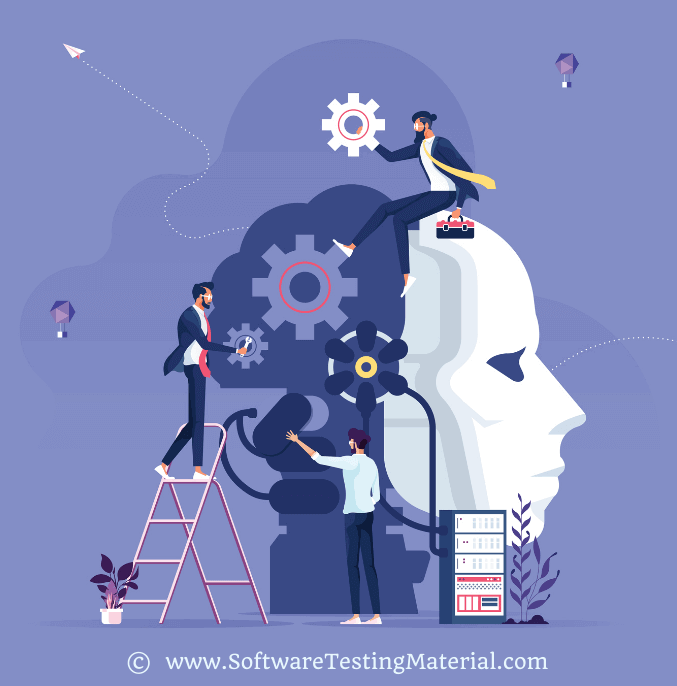
Artificial Intelligence and Machine Learning (AI & ML,) have significantly altered the value proposition and capabilities of the global business and industry.
As per markets and markets report, AI is expected to reach USD 1,339.1 billion by 2030 from USD 214.6 billion in 2024, at a CAGR of 35.7% during the forecast period.
As per markets and markets report, the machine learning market expected to reach USD 8.81 Billion by 2022 from USD 1.03 Billion in 2016, at a CAGR of 44.1% during the forecast period.
AI and ML can help businesses to make better decisions using real-time data. It enhances the quality of testing by quickly finding the bugs.
Companies are using AI and ML in software testing in many ways from visual testing to the self-healing mechanism of automation testing tools.
Automation testing tools are developing using AI as part of a visual testing and self-healing mechanism.
Visual testing helps test teams in writing fewer tests for the user interface when performing functional testing. The self-healing mechanism fixes issues in test scripts, reduces test maintenance, and reduces the cost to create automated tests.
AI and ML can speed up test creation, reduce test maintenance, and automatically generate tests.
Don’t miss: Artificial Intelligence in Software Testing
7. Robotic Process Automation (RPA)
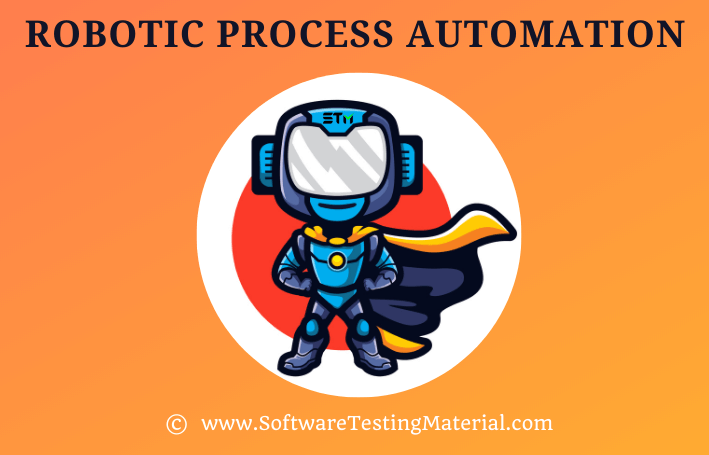
Robotic Process Automation is used to automate software jobs that run regularly without manual intervention.
A specialized computer program (bots) are used to execute certain events on a system for example change the quantity, calculate the price, etc.,
RPA tools are majorly used across different industries such as finance, banking, health care, customer service, etc.,
As per Research and Markets survey 2020 report, the Robotic Process Automation global market is estimated at USD 595.8 Million in the year 2020, is projected to reach a revised size of USD 3.4 Billion by 2027, growing at a Compound Annual Growth Rate (CAGR) of 28.2% between 2020-2027.
RPA cuts cost improves quality and improves operational controls.
Check out our detailed guide on Robotic Process Automation
8. Shift Left Testing

Shift-left testing is an approach to perform testing earlier in the life cycle.
Usually, in the traditional software development life cycle, requirements are placed on the left side and delivery and testing are placed on the right side of the workflow. The problem of the traditional way is the negative outcomes for the business such as time-consuming, delay bug detection, and increasing costs. With Shift-left, software development teams collaboration become more proactive to ensure all initial ideas are feasible and developed properly. This approach helps organizations to reduce the time to market the product and delivering the best outcome. It allows the QA team to work in tight coordination with the development team and product team.
With shift-left testing, we can detect bugs early in the SDLC. By testing in the early stages of software development, we can ensure a high quality of code as well as save time and money.
Check out our detailed guide on Shift-Left Testing
9. Blockchain Testing

Blockchain acts as a record-keeping technology behind Bitcoin. It is one of the most advanced and emerging technologies currently in the market.
It can be compared to what the internet was in the early 1990s. We know how the internet changed our day to day life over the past two decades. In the coming days, Blockchain may do the same.
According to Statista, the global blockchain technology revenues experience huge growth in the upcoming years.
Its other name is distributed ledger technology. It provides confidence in transactions between parties who do not trust each other. It is fairly secure encryption. It is an incorruptible digital ledger of economic transactions that can be programmed to record not just financial transactions but virtually everything of value.
There may be risks like data security issues involved with this technology. To overcome the risks involved in this we need to adopt an effective blockchain testing strategy. This process gives more opportunities for QA professionals who have good knowledge of blockchain technology.
Check out our detailed tutorial on Blockchain Testing
10. Test Automation

Test Automation should be definitely mentioned practice among some of the most popular practices in Software Development.
Companies are adopting DevOps and Agile practices and these practices by companies are driving the growth of the automation testing market and it becomes a mandate to leverage automation testing.
Test Automation places a vital role in Software Organizations in terms of agile practices, CI/CD implementation, and DevOps and it speeds up the release cycles, makes sure quality software release, and increases testing coverage.
It saves time majorly on repetitive tasks and reduces manual intervention.
As per Research and Markets survey 2020 report, the Global Automation Testing Market is expected to grow from USD 13,499.89 Million in 2019 to USD 29,525.87 Million by the end of 2025 at a Compound Annual Growth Rate (CAGR) of 13.93%.
There are many automation testing tools in the market help teams to make automation much easier and more effective too.
Check our list of best automation testing tools
As more businesses adopt the latest Agile and DevOps processes to fulfill the demand for Quality at Speed, test automation has become an indispensable component. Test automation continues to lead by helping teams perform repetitive tasks, detect bugs faster and more precisely, provide continuous feedback loops, ensure test coverage. Therefore, organizations that implement automated testing in their QA processes can save a significant amount of costs, time, and human resources.
11. Selenium 4
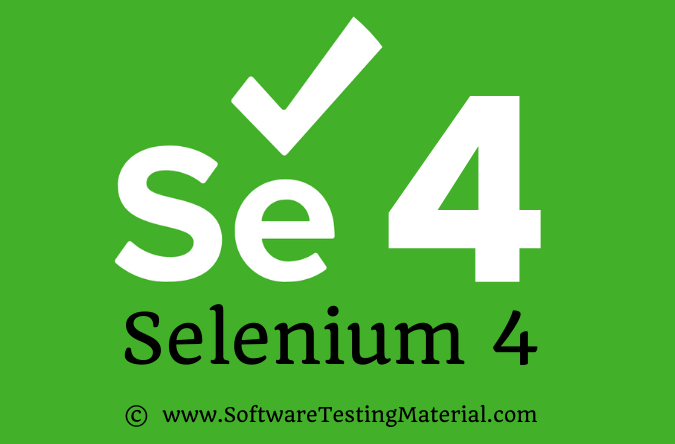
Organizations that are adopting Agile and DevOps processes are utilizing various test automation tools to release their product faster to the market. Many of them are choosing Selenium over other automation testing tools.
Selenium is an open-source test automation tool used to automate web applications. It supports multiple programming languages, multiple operating systems, cross-browser compatibility testing. Due to all these features, it’s a favorite tool within the QA teams when compared to other automation tools. Selenium 4.4.0 (stable version) was released in the month of August 2022.
Selenium 4 has features like relative locators, open-source Chromium driver support for Edge browser, selenium grid, docker support, etc.,
Don’t miss our Selenium 4 tutorial
Wrapping it up
Software Testing is gaining more traction with the trends we have discussed now. Companies are taking much care when it comes to their software product and utilizing paid as well as open-source tools. Companies are following these trends to release a high-quality product to the market.
No matter whether you are a testing professional or a company, you need to constantly aware of these software testing trends to stay ahead in the ever-changing industry.
Did we miss any other interesting Software Testing Trends that you foresee in 2025?
Please do share your thoughts in the comment section below.
Related Posts:
- Top 11 Mobile Testing Trends to Look out for
- What is AI Testing? Future of Software Testing
- Reasons Why You Need Scriptless Test Automation in Agile
- Cloud Testing – A Detailed Guide
- Guide To Select Automation Testing Tools

